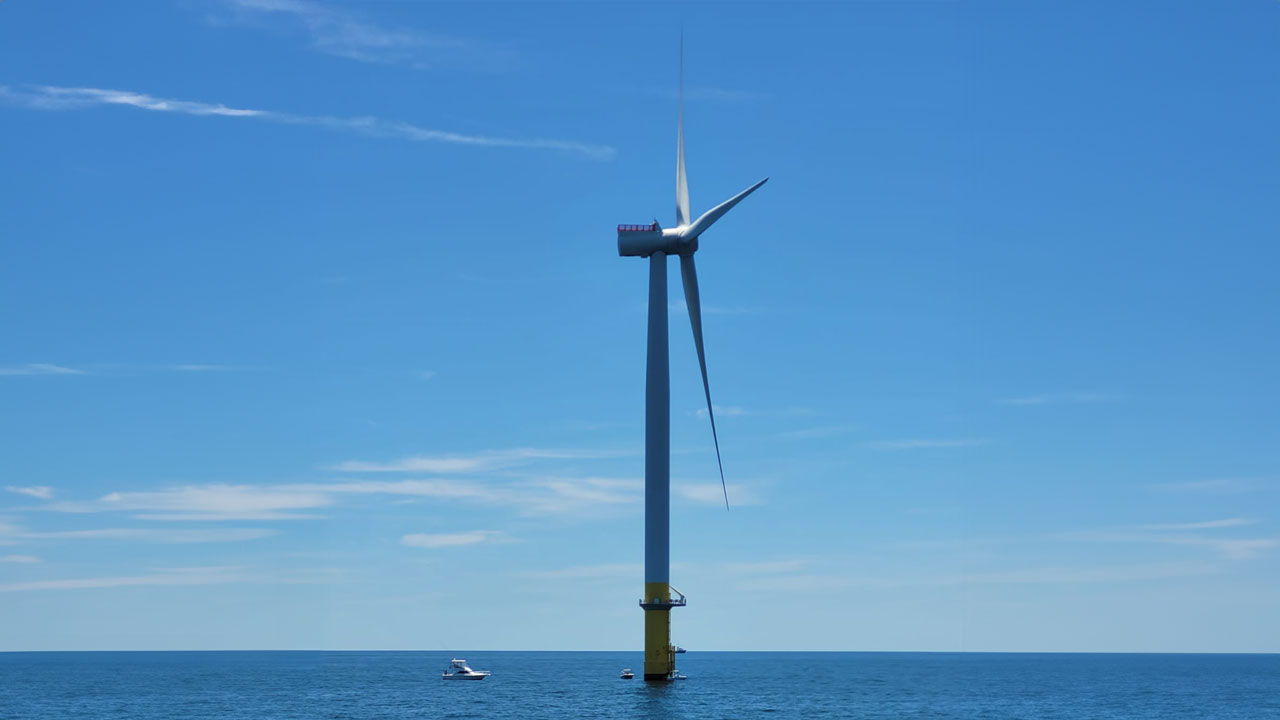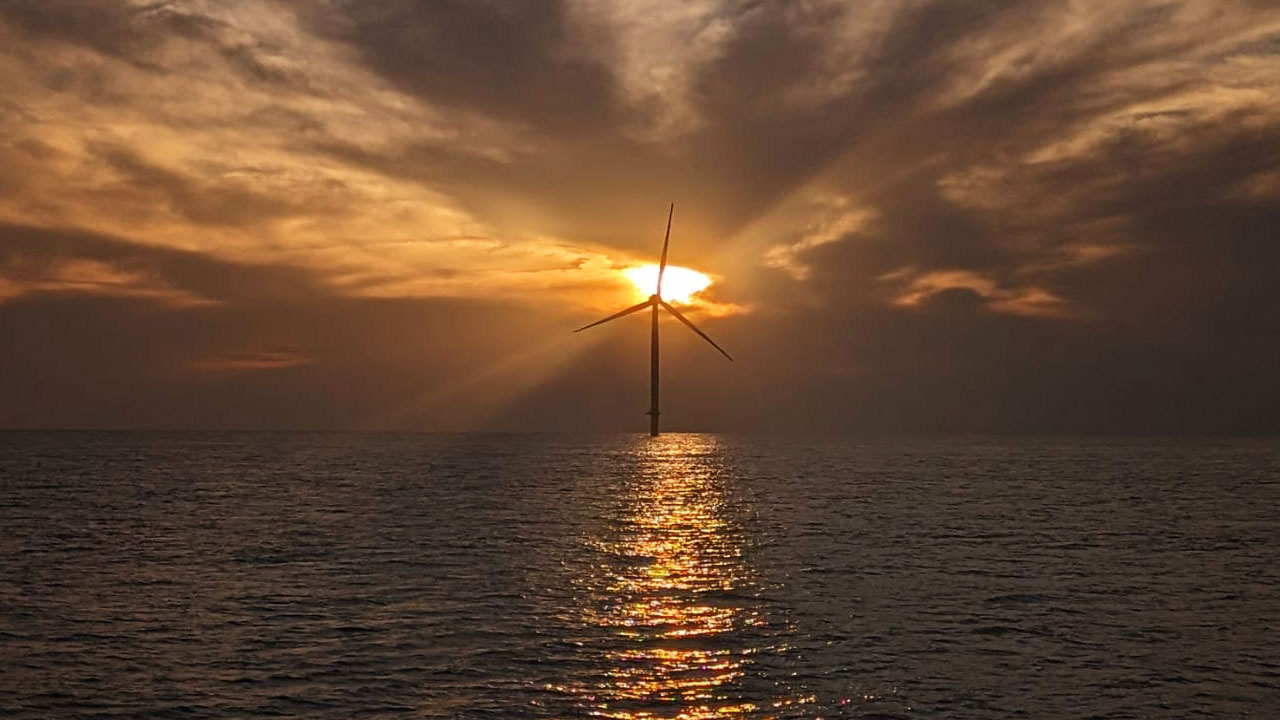
Tetra Tech provided industry-leading environmental support services to help secure federal permits for Dominion Energy’s 2.6-gigawatt (GW) offshore wind project currently under construction off the coast of Virginia.
Challenge
In 2013 Dominion Energy executed a lease agreement with the Bureau of Ocean Energy Management (BOEM) for a Wind Energy Area off the coast of Virginia. By 2019 Dominion Energy announced their commitment to develop the area. The project required extensive technical assessments and federal and state permit preparation, including alternatives evaluation, acoustic and air dispersion modeling, visual simulations, terrestrial surveys, and oil spill modeling to address complex regulatory requirements.
Solution
Using our Leading with Science® approach, Tetra Tech’s technical specialists prepared the federal permit, also known as the construction and operations plan, and provided a comprehensive environmental analysis for the project. To meet the project timelines, we leveraged digital tools to develop the variety of assessments and enhance collaboration among various stakeholders, including regulatory agencies and project engineering and construction, to support successful development of the project. Our in-house GIS team also managed a restricted-access web-based GIS tool to display and easily share site-specific GIS data (that is, benthic grab sample results and high-resolution geophysical data) with regulators to support their review of the project.
Tetra Tech’s permit application documents supported the successful completion of BOEM’s National Environmental Policy Act (NEPA) review of the project, as well as all other associated consultations. By successfully completing the permitting work, Tetra Tech is also actively engaged in permit compliance, including development of first-of-its-kind installation plans and monitoring for protected species during construction. The 2.6 GW Coastal Virginia Offshore Wind Commercial Project is the largest offshore wind project currently under construction in the United States. Once operational, the project will provide zero-carbon energy to as many as 660,000 customers.
Benefits
- Navigated highly complex approvals process across multiple local, state, and federal jurisdictions
- Delivered more than 25 environmental and cultural technical studies
- Integrated geospatial management with project web-based GIS tool
Once operational, the project will provide zero-carbon energy to as many as 660,000 customers.
